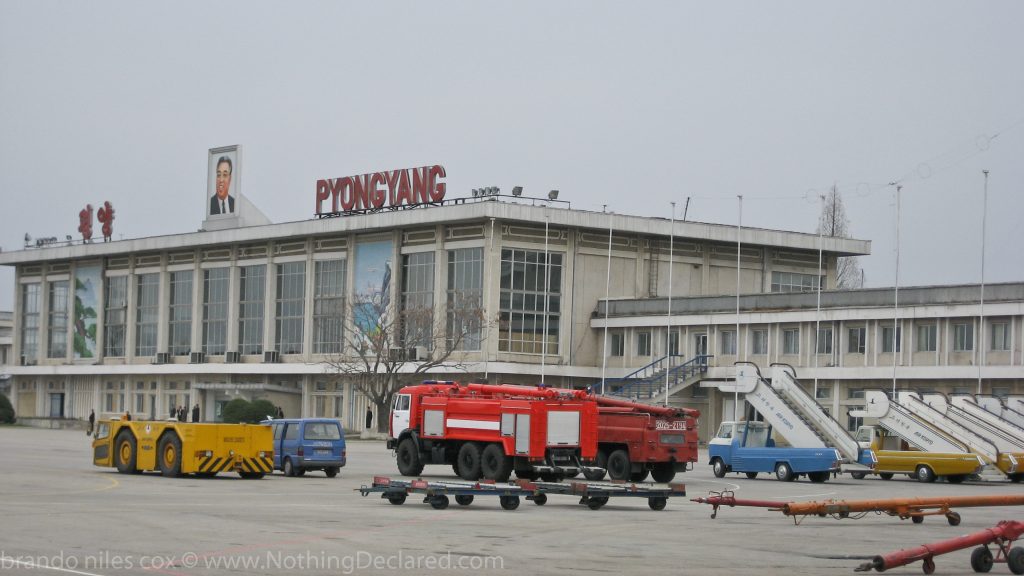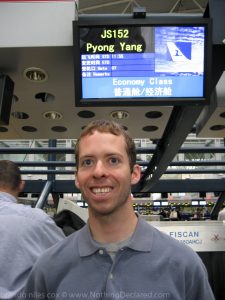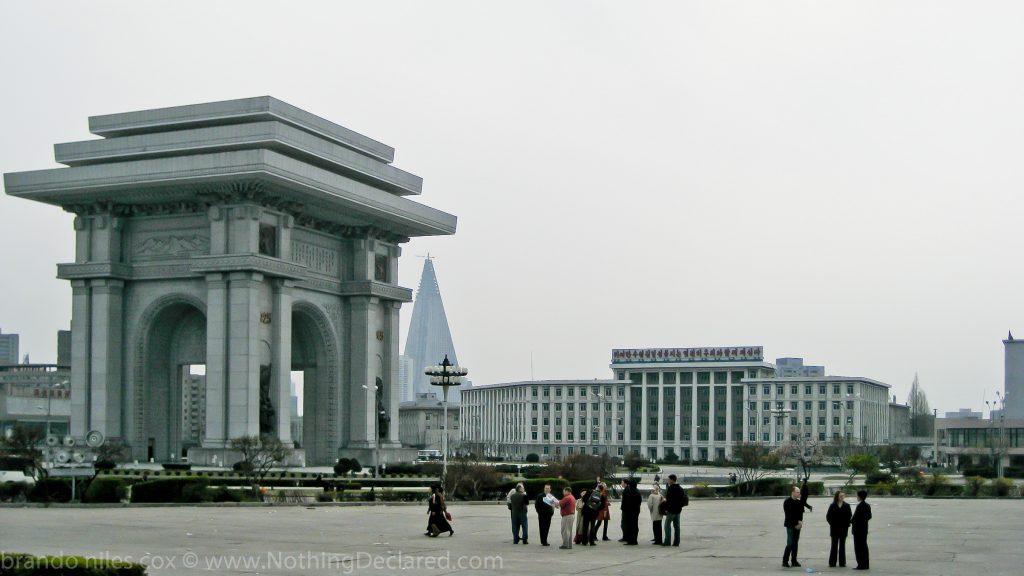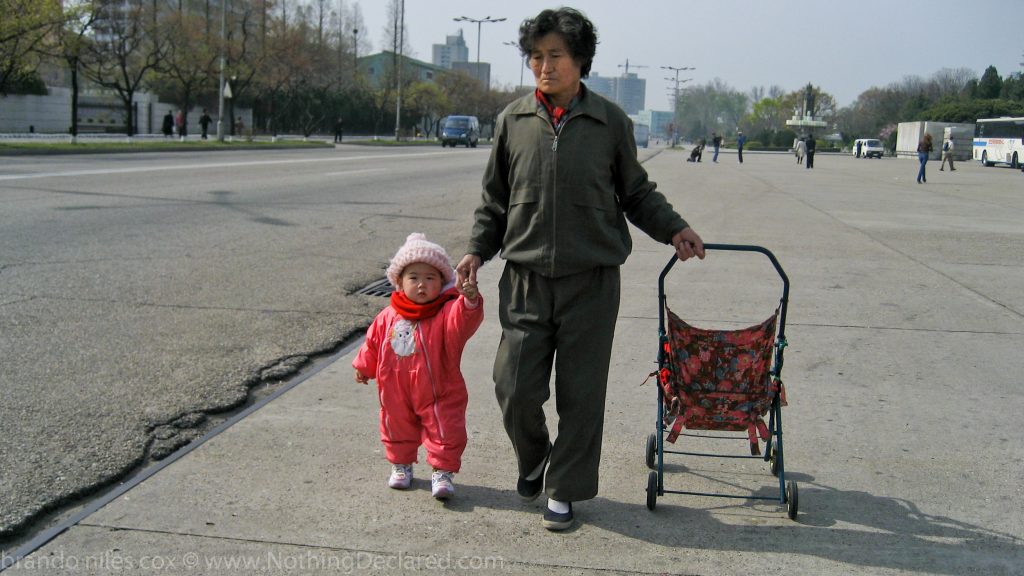Getting to North Korea as an American
Beijing 2007, I still did not have a visa for North Korea, even though it was the day before my Air Koryo flight to Pyongyang. No one did. The North Korean government had not yet approved our group’s visit. “Maybe we would find out the next day at the Beijing airport”, was North Korea’s official communication. This only added to the tension, a nerve-wracking feeling the night before entering one of the world’s most secretive regimes. Fifteen Americans. If approved entry we would be the first group of Americans allowed to visit North Korea in 6 years.
The last group of Americans to visit DPRK was US Secretary of State Madeleine Albright’s trip in 2000. Things didn’t go too well, and now it was up to us. We all had different reasons for wanting to go to North Korea: some had relatives in the North, some were just curious–fascinated by the secretive regime north of the 38th parallel–a few were eager to check this country off some sort of list they had. My reason? I wanted to understand the forces behind a country torn in two. Families separated. How did trade happen in such a closed off country? Was North Korea a time warp to 50 years ago? What was in fashion? What was the style without decades of western influence and trends? A time without the internet and smartphones?
I traveled to South Korea several years earlier and the first thing I did was get extremely lost trying to find my guesthouse. A very kind woman helped me for over two hours as we wandered the streets of Seoul in search of my Yeogwan, hidden down a tiny back road; we became friends as we searched. She told me about her life as a student in South Korea, her hobbies, and the fascinating story of her family when they were separated by the Korean War. At the end of the war, half were still in the North. Family she would sadly never meet.
This fascinated me: the idea that a country and its people were divided over an arbitrary line decided by opposing governments.
Air Koryo Flight JS152 April 21, 2007 Beijing to Pyongyang

I received my boarding pass and North Korean visa at the same time. I was going to North Korea! I could barely believe it as I checked in at the Beijing Airport. We boarded a Soviet era aircraft bound for Pyongyang (the same model as when I had flown from Kiev to Odessa Ukraine, where the seats flip forward). Arrival at Pyongyang International airport felt like going back in time. The Air Koryo aircraft stair trucks which greeted us had 1950’s style fins on them!
Once inside the airport, we were required to handover all of our electronics, such as computers and phones, and have our baggage thoroughly checked. We had to surrender our laptops on the promise (read: hope) they would be returned on departure.
Everyone went through passport control (no stamps) and huddled into a bus. We were off to the capital! First stop, the Arc de Triumph!? “Much larger than the one in Paris,” ( we were told several times) and built to commemorate the Korean resistance to Japan from 1925 to 1945. Ok. And on to the next sight. To be kind to the reader, moving forward, I will not give a breakdown of everything we saw in Pyongyang: mosaics, statues, arches, obelisks, commemorative buildings, etc. There are A LOT. They all mostly commemorate “our dear leader”, some virtual or semi “magnificent” triumph of some sort, and general communist propaganda. Hurray for “sport”, “war”, “farming”, “industry”, etc.
Slideshow – North Korean Propoganda
[metaslider id=”3442″]
As we explored the city, we soon discovered we were there during a magnificent time. The city was preparing for an upcoming holiday and the large-scale military parade that came with it. As such, hundreds of thousands of parade participants were practicing their formations in the streets of Pyongyang. We wandered amongst them, clearly standing out in a country not used to seeing American visitors, receiving the most cheerfully curious reactions.
Tiny details are significant when reflecting on my time in Pyongyang. Overall, the city could be summarized as clean with secretive and dark undertones. There was poverty, but just outside the casual glance. North Korea’s capital was a place of privilege where the politically well-connected enjoyed a modicum of middle class life. This life was far from normal. Each evening we noticed everyone closing their curtains each evening at around the same time. It turns out this is something they are instructed to do. There was a huge choreography, a social dance the North Korean government put on for its first American visitors in almost a decade; we were clearly being watched at all times.
Slideshow – Pyongyang, North Korea
[metaslider id=”3290″]
Looking back through my photos, I have noticed the same people in the background of multiple pictures despite these pictures being taken in completely different parts of the city. One man in particular stood out because of his hat, cane, and hunched back. Somehow, despite his slow movement and apparent disability, his calculated steps are etched into the background of several of my pictures at various monuments scattered through Pyongyang.





